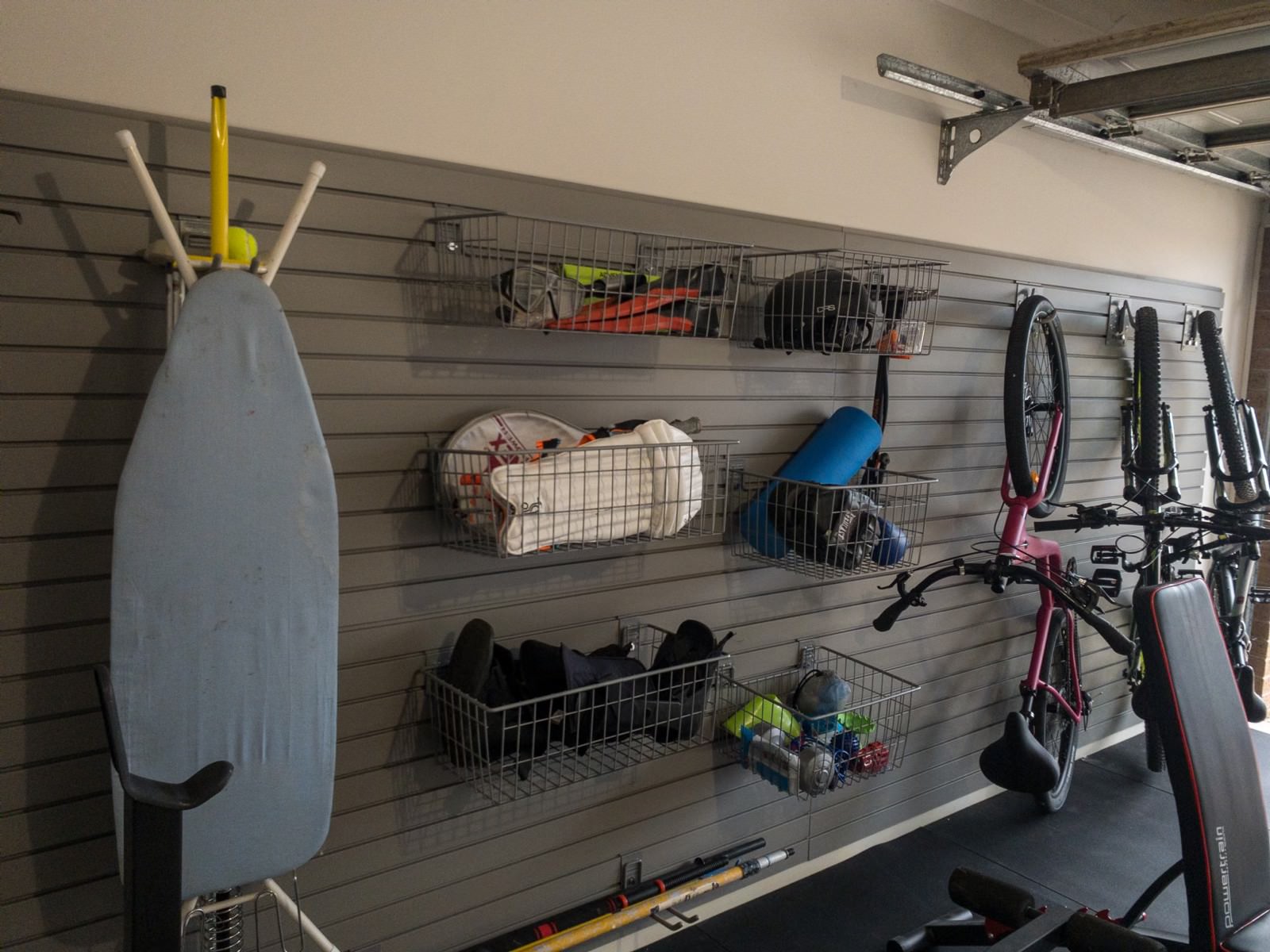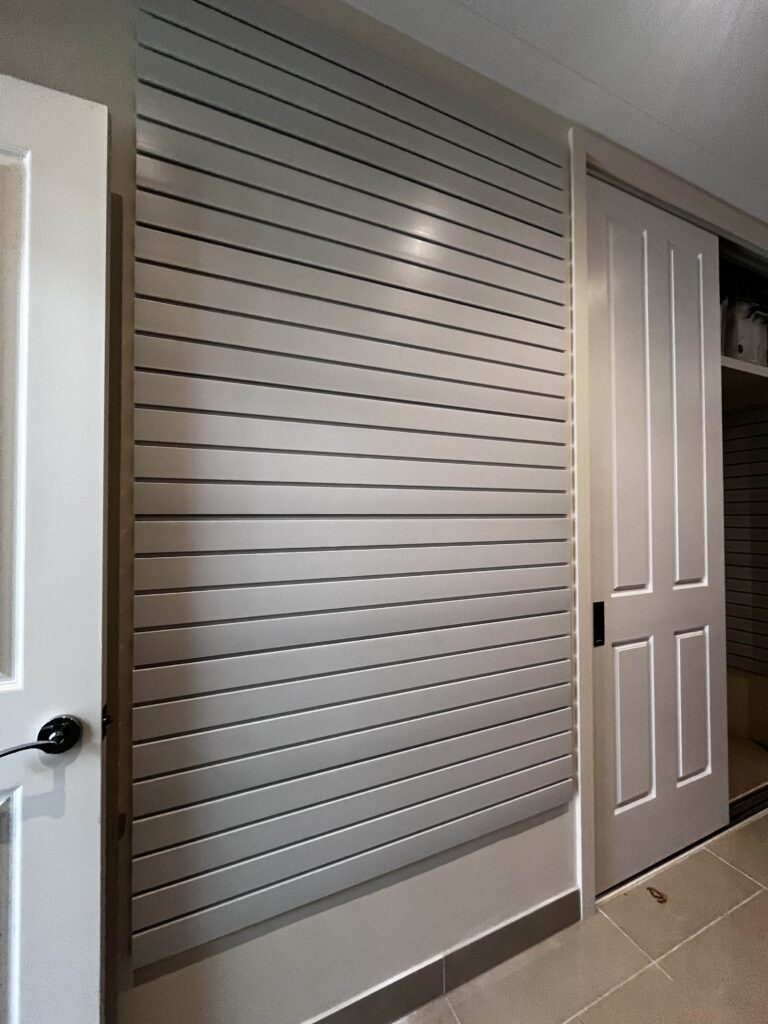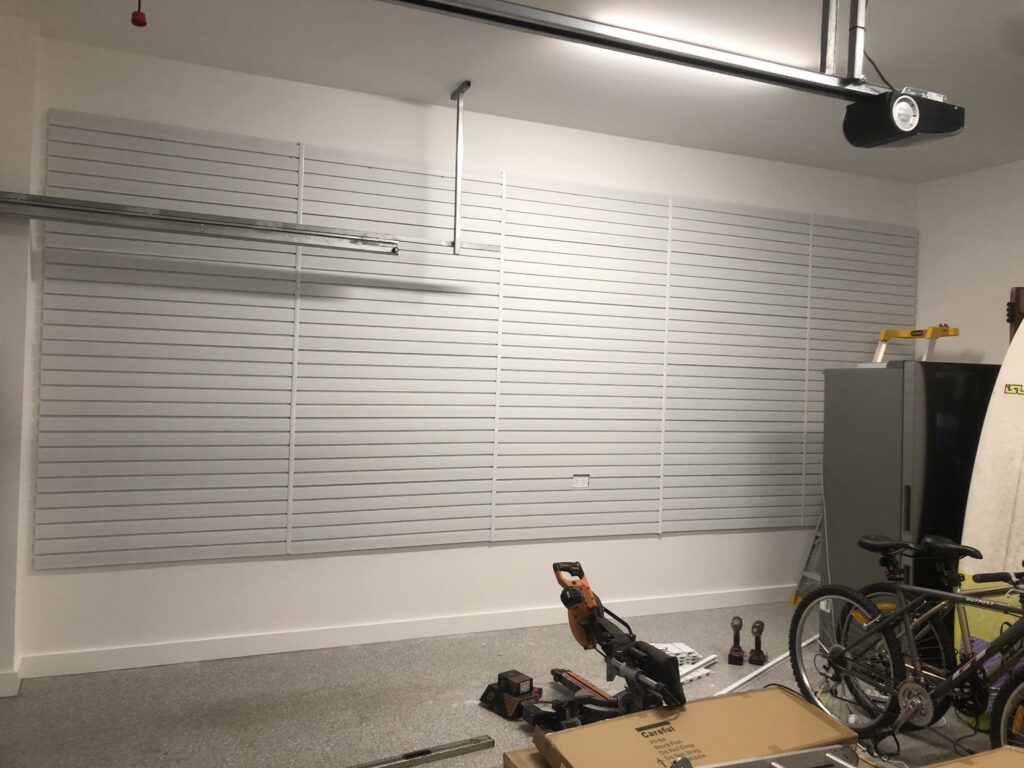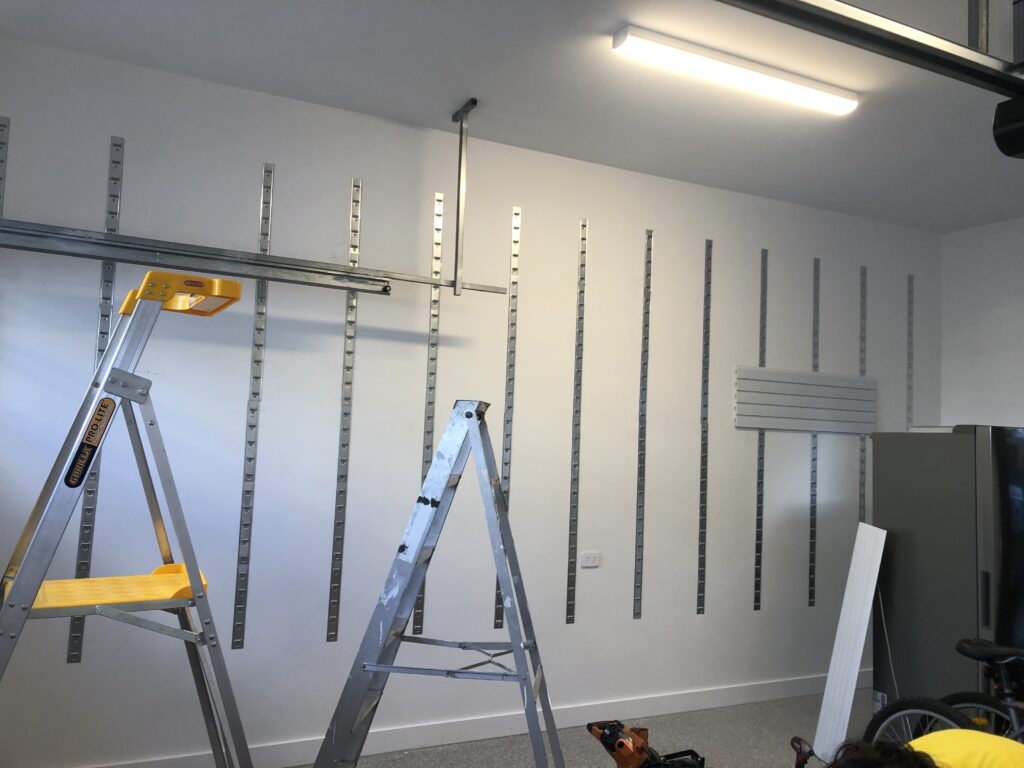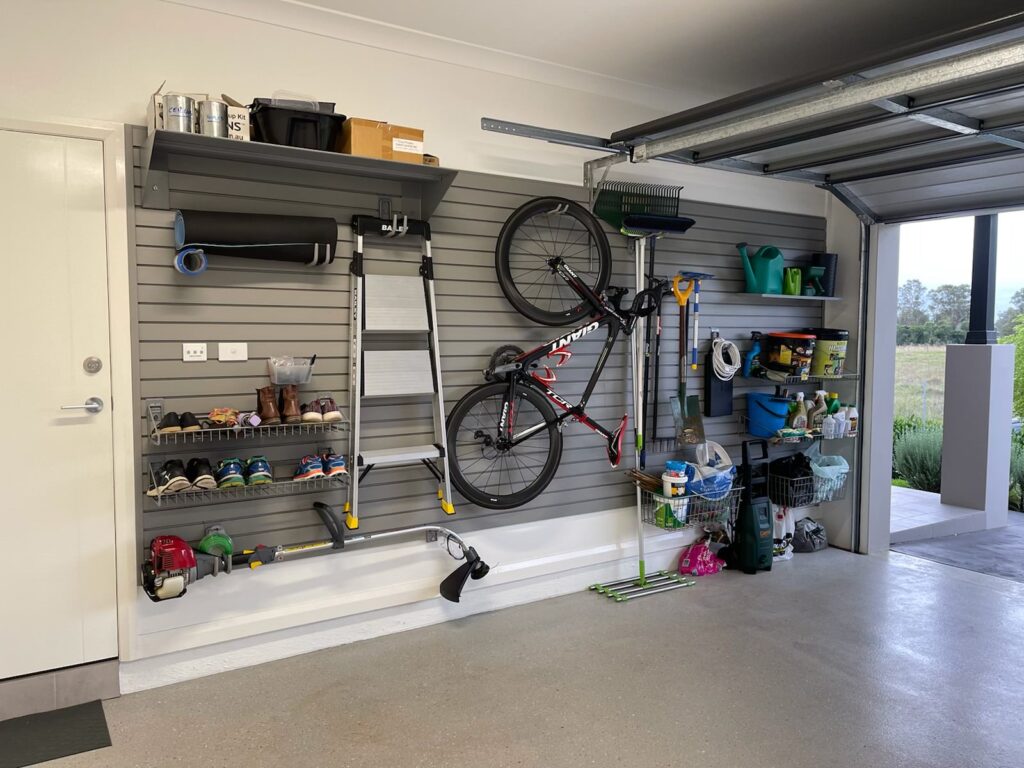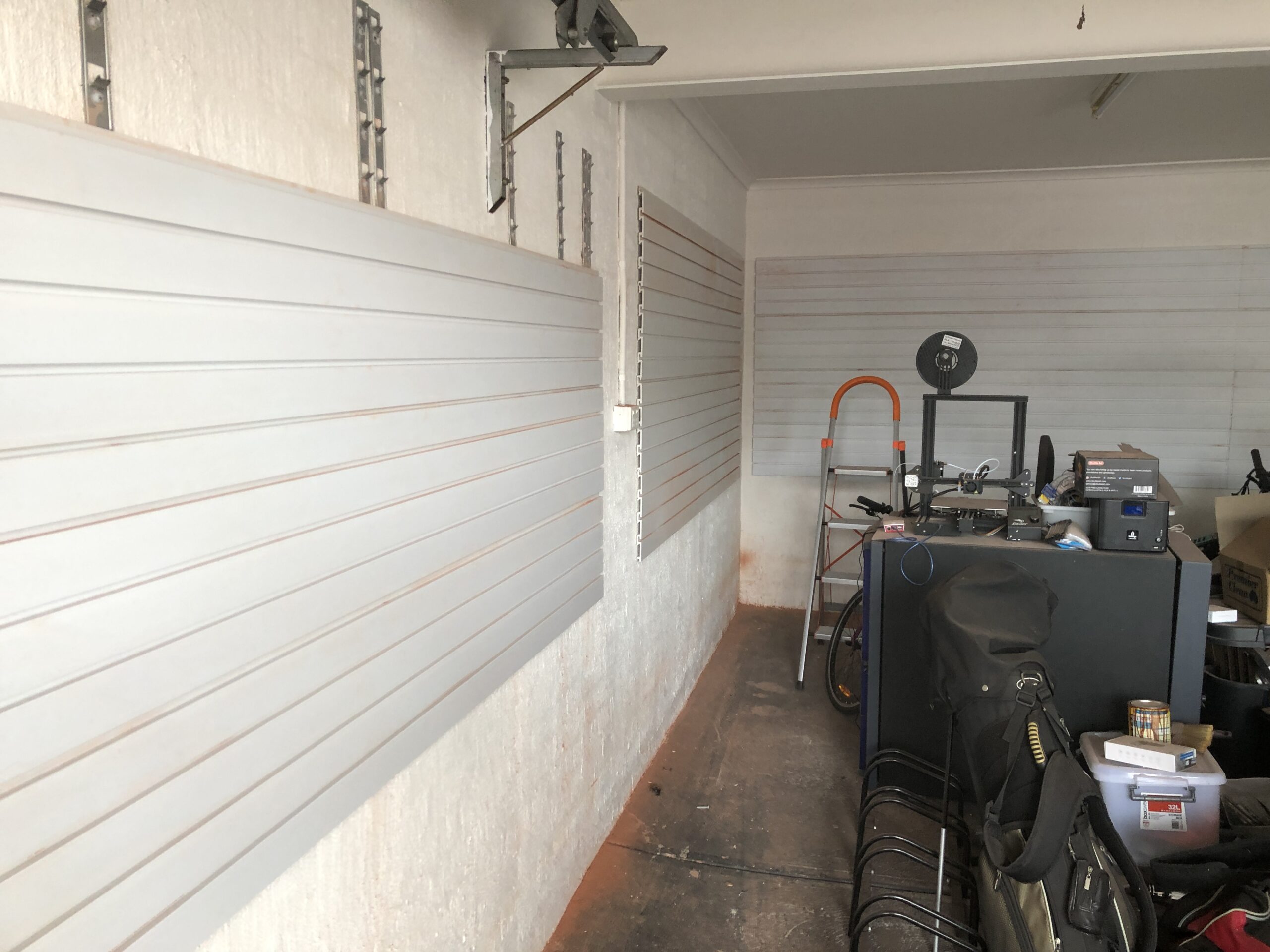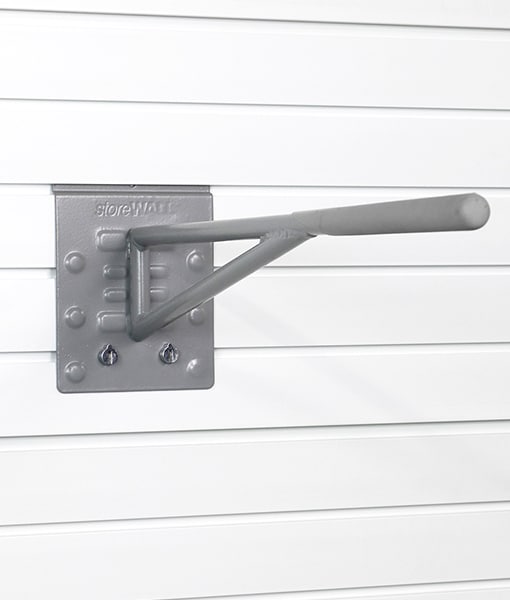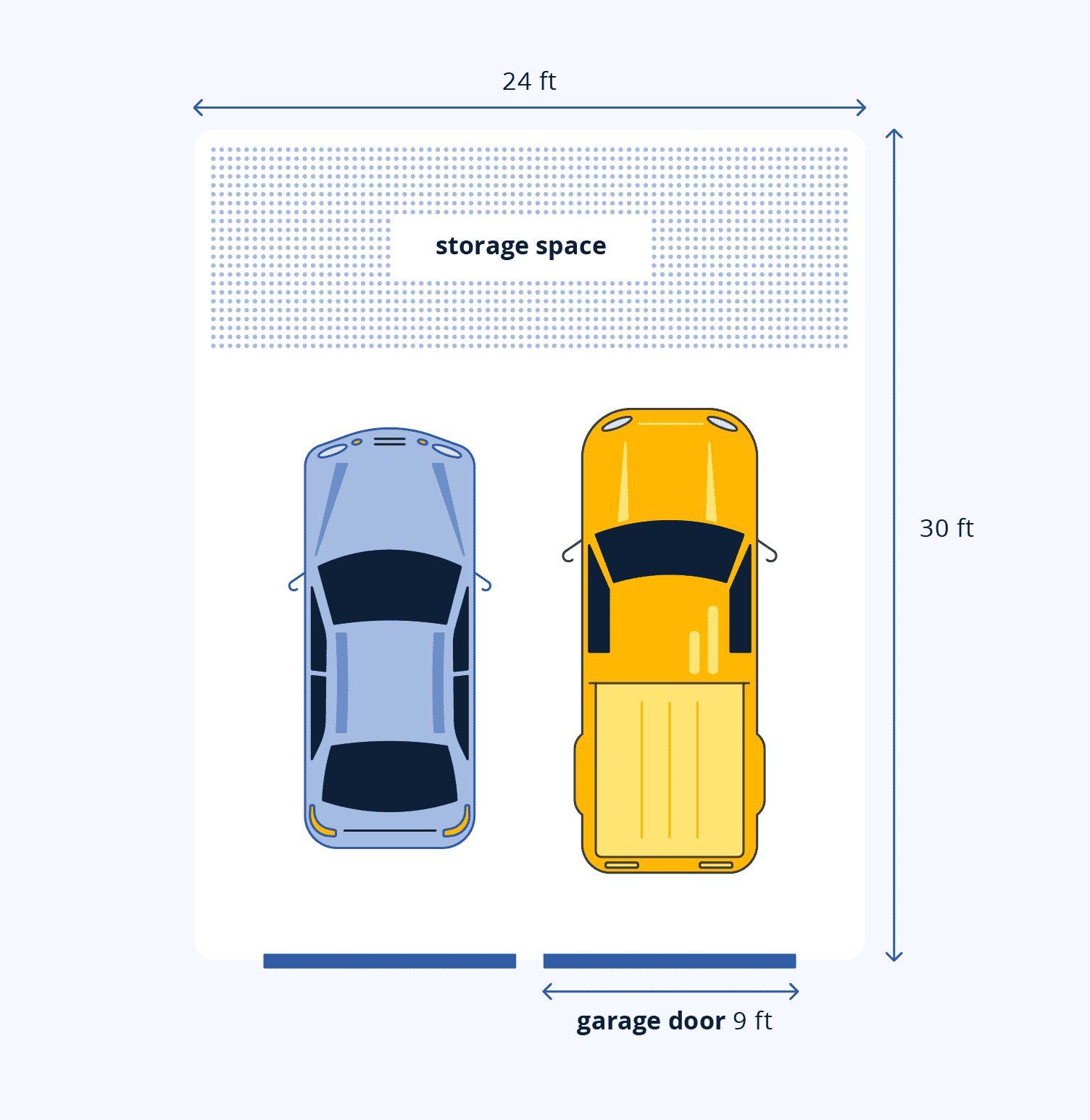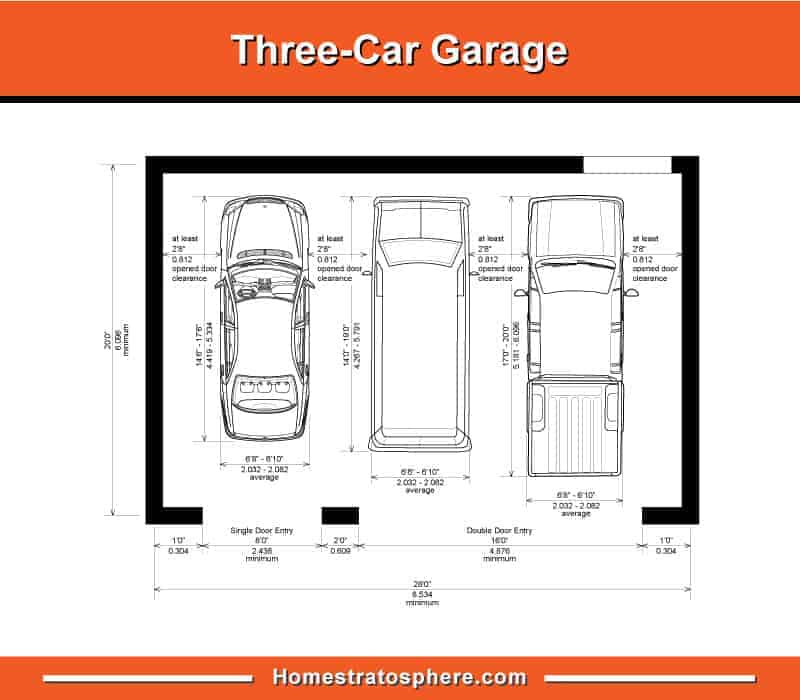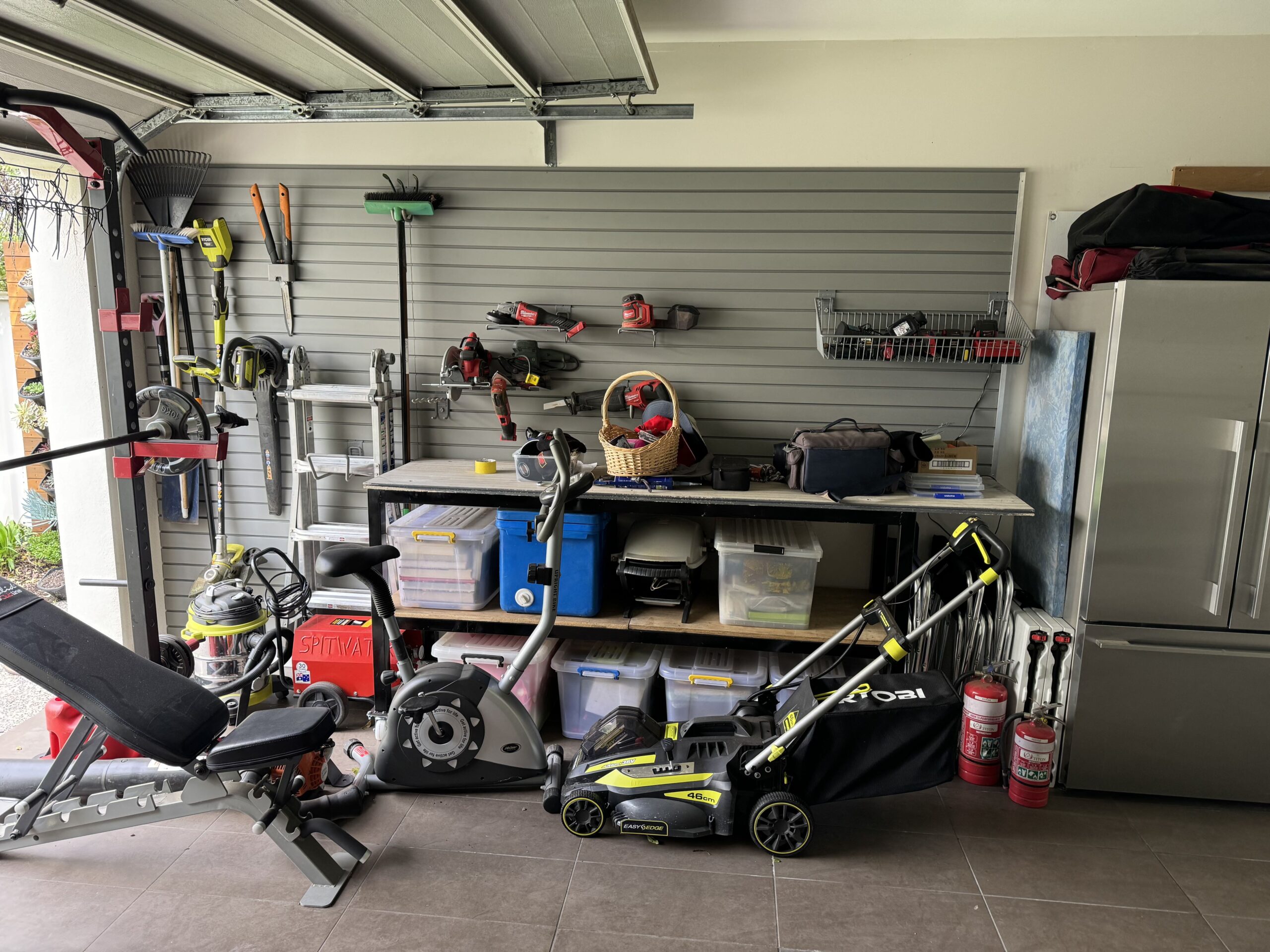
Whether you’re a seasoned horticulturist or just starting your first garden, having the right tools makes all the difference. Choosing the best gardening tools not only make your work easier and more efficient but also helps keep your plants healthy and thriving. Here’s a comprehensive guide to the best gardening tools you need to properly tend to your garden.
Hand Trowel
Best for: Planting, transplanting, and weeding
A hand trowel is a must-have for any gardener. This small, handheld tool is perfect for digging small holes, planting bulbs or seedlings, and removing weeds. Look for a trowel with a comfortable, ergonomic handle and a stainless steel blade for durability and rust resistance.

Pruning Shears (Secateurs)
Best for: Trimming plants, deadheading, and shaping
Pruning shears are essential for maintaining the health and shape of your plants. They help remove dead or overgrown branches and promote new growth. Choose bypass pruners for clean cuts on green stems and anvil pruners for tougher, woody branches.
Garden Gloves
Best for: Protecting hands while digging or handling plants
A good pair of garden gloves protects your hands from thorns, dirt, and blisters. Opt for gloves made of breathable materials with reinforced fingertips and a snug fit to maintain dexterity and comfort during extended use.
Garden Fork
Best for: Turning soil, breaking up compacted ground, and aerating
The garden fork, or digging fork, is ideal for loosening, lifting, and turning over soil. Its sturdy tines penetrate tough ground better than a shovel and make it easier to mix in compost or fertilizer.
Spade (or Garden Shovel)
Best for: Digging, edging, and lifting soil
A sharp-edged spade is versatile and indispensable for digging planting holes, edging beds, and transferring soil or compost. A stainless steel blade with a comfortable D-shaped handle is often the most efficient.

Hoe
Best for: Weeding and cultivating soil
A hoe is essential for managing weeds and breaking up soil between rows of plants. There are different types—draw hoes, scuffle hoes, and stirrup hoes—so choose one based on the type of weeding or soil work you’ll be doing.
Watering Can or Garden Hose with Spray Nozzle
Best for: Watering plants with precision and ease
For smaller gardens, a sturdy watering can with a detachable rose nozzle is ideal. For larger spaces, a garden hose with an adjustable spray nozzle allows you to control the flow and reach of water to avoid overwatering or damaging plants.
Rake
Best for: Clearing leaves and debris
There are two types of rakes you’ll want: a leaf rake (lightweight and wide) for gathering leaves and grass clippings, and a bow rake (heavier with stiff tines) for leveling soil and spreading mulch.
Wheelbarrow or Garden Cart
Best for: Moving soil, compost, mulch, or plants
Transporting heavy loads is much easier with a wheelbarrow or garden cart. Look for a model with sturdy wheels, a balanced design, and a rustproof container to handle frequent use.
Garden Kneeler or Pad
Best for: Comfort while working close to the ground
A garden kneeler or padded cushion helps protect your knees and reduce strain during long gardening sessions. Some kneelers double as seats and include storage compartments for small tools.
Soil Testing Kit
Best for: Measuring pH levels and nutrient content
Understanding your soil’s condition helps you make informed decisions about fertilization and plant selection. A simple soil testing kit can tell you whether your garden needs lime, compost, or other soil amendments.
Long-Handled Weeder
Best for: Removing deep-rooted weeds without bending
This tool is perfect for removing weeds at their roots while standing upright—great for gardeners with back issues or larger garden plots. Choose one with a sturdy steel shaft and a comfortable grip.
Garden Scissors
Best for: Precise cuts and harvesting herbs or flowers
Smaller than pruning shears, garden scissors are useful for tasks that require delicate handling, like trimming herbs, harvesting vegetables, or deadheading flowers.

Plant Labels and Markers
Best for: Keeping track of plant varieties and planting dates
Use waterproof plant markers or tags to label seeds, bulbs, or plants. It’s especially helpful for tracking what you’ve planted and when, especially in a vegetable or herb garden.
Tool Storage or Garden Caddy
Best for: Keeping tools organized and accessible
Whether it’s a tote bag, belt, or rolling cart, having a dedicated place to store your tools keeps everything organized and within reach, saving time and preventing misplaced items. Once you are done with working outside, hanging these items on your garage wall ensures they are out of way, hung so they can dry and safe from small hands. Garage wall storage is best option for ensuring your gardening tools are properly stored.
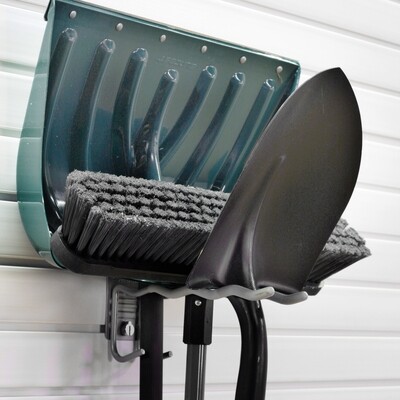
Best Gardening Tools – Final Thoughts
Investing in quality gardening tools is the first step toward a successful and enjoyable gardening experience. While you don’t need everything all at once, starting with the essentials and adding specialized tools as needed will make gardening more efficient and rewarding.
No matter your skill level or garden size, the right tools will help you care for your plants more effectively and enjoy the process even more.



